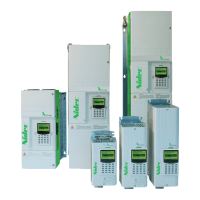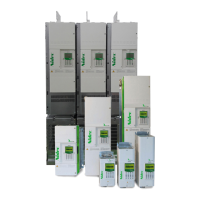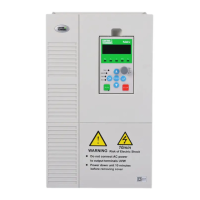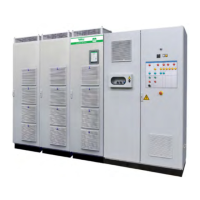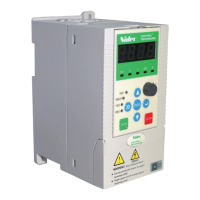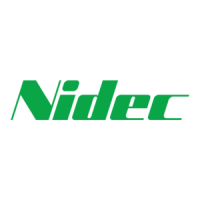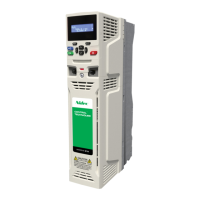Summary
Chapter 1 P. 5
Chapter 2 P. 7
Chapter 3 P. 12
Chapter 4 P. 15
Chapter 5 P. 21
Chapter 6 P. 29
Chapter 7 P. 31
Chapter 8 P. 42
AD700E
46
General information
Important safety information
General Information and Ratings
Mechanical Installation
Operation
Parameters
Analog and Digital Input Macro
Configurations
Power Wiring
Chapter 9 P. 48
Chapter 10 P. 50
Modbus RTU Communications
Technical Data
Trouble Shooting
Chapter 11 P. 54
PREVIOUS VIEW
8.7 FIRE MODE
8
8.7 FIRE MODE
The Fire Mode function is designed to ensure continuous operation of
the drive in emergency conditions until the drive is no longer capable
of sustaining operation. The Fire Mode input must be closed for normal
operation – removing the signal from this input will cause the drive to
enter Fire Mode. This input may be linked to a fire control system, so that
in the event of a fire in the building and drive operation is required to
be maintained for the longest possible period in order to clear smoke or
maintain air quality within that building.
The fire mode function is enabled when P-15 = 15,16 or 17, with Digital
Input 3 assigned to activate fire mode.
Fire Mode disables the following protection features in the drive:
O-t (Heat-sink Over-Temperature), U-t (Drive Under Temperature), Th-FLt
(Faulty Thermistor on Heat-sink), E-trip (External Trip), 4-20 F (4-20mA
fault), Ph-Ib (Phase Imbalance), P-Loss (Input Phase Loss Trip), SC-trp
(Communications Loss Trip), I_t-trp (Accumulated overload Trip)
The following faults will result in a drive trip, auto reset and restart:
O-Volt (Over Voltage on DC Bus), U-Volt (Under Voltage on DC Bus), h O-I
(Fast Over-current Trip), O-I (Instantaneous over current on drive output),
Out-F (Drive output fault, Output stage trip)
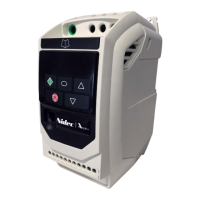
